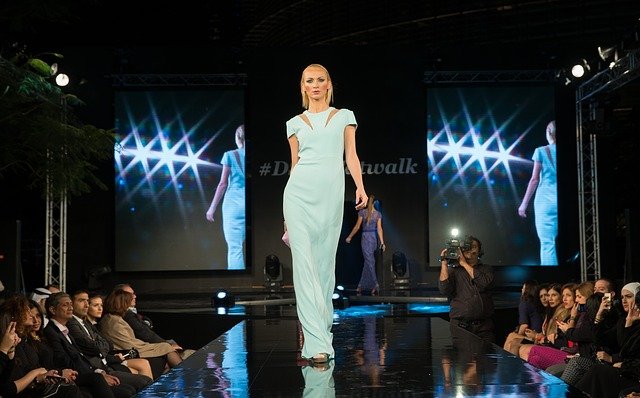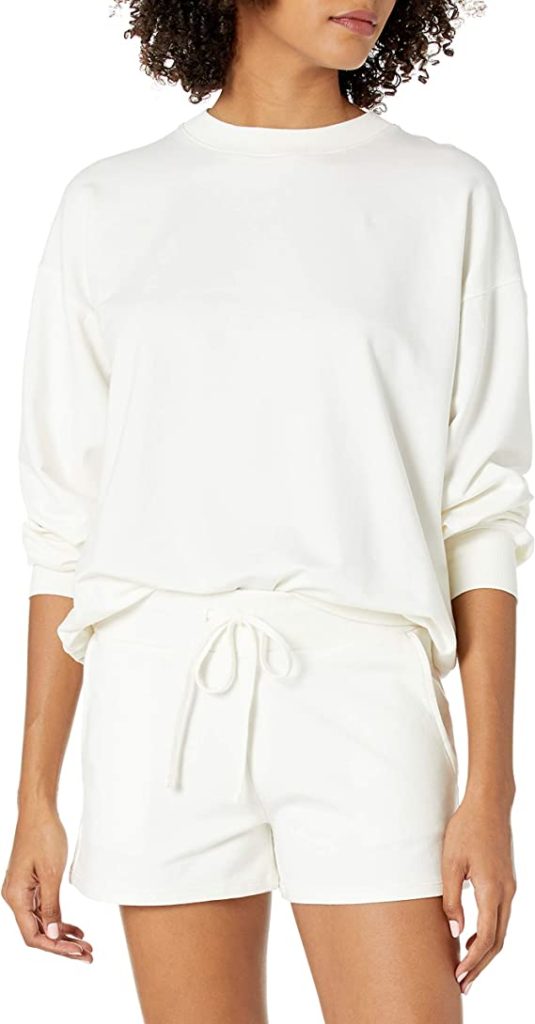Dance sneakers are shoes that are designed for dance. They are typically lightweight, flexible and are usually made of leather, but also other materials. They are meant to grip the floor while dancers perform. The soles should be thick enough to provide comfort while moving on the hard surface while still being thin enough to allow for quick turns during choreography.
The shoe should be flat in the heel but have a slight to moderate heel elevation. It is important that the dancer’s ankles are well supported by an arch high enough for their foot. The forefoot should also have a broad patch of leather or suede which provides support and grip when performing turns.

Sneakers for dance come in three different variations: split sole, low cut split sole, full-sole. Dance sneakers are available in any color desired so long as it is not neon or garishly bright.
They can also feature a multitude of special designs such as sequins or beads adorning the heels and toes to denote levels attained by the dancer who wears them.
Dance sneakers may vary slightly depending on what style of dance that the shoe is being used for. Modern dance commonly uses a split sole which allows dancers to have a closer feel of the floor.
Dance sneakers may also feature thin suede sole patches instead of full leather soles, as suede provides more grip on slippery floors such as wood or Marley. For tap shoes, thin rubber soles are preferred so that tap dancing can be heard by an audience or recording equipment.
In competitive dancing like ballet and jazz, special features may be added into dance sneakers depending on how much support the dancer requires during their performance.
High arch sneakers with thinner flexible soles may be worn; however, heel height is still taken into consideration when choosing these sneakers as too much elevation will affect balance and technique.
More support is often needed for dancers who have developed a chronic injury or simply need a more supportive shoe to ensure they can continue practicing.


